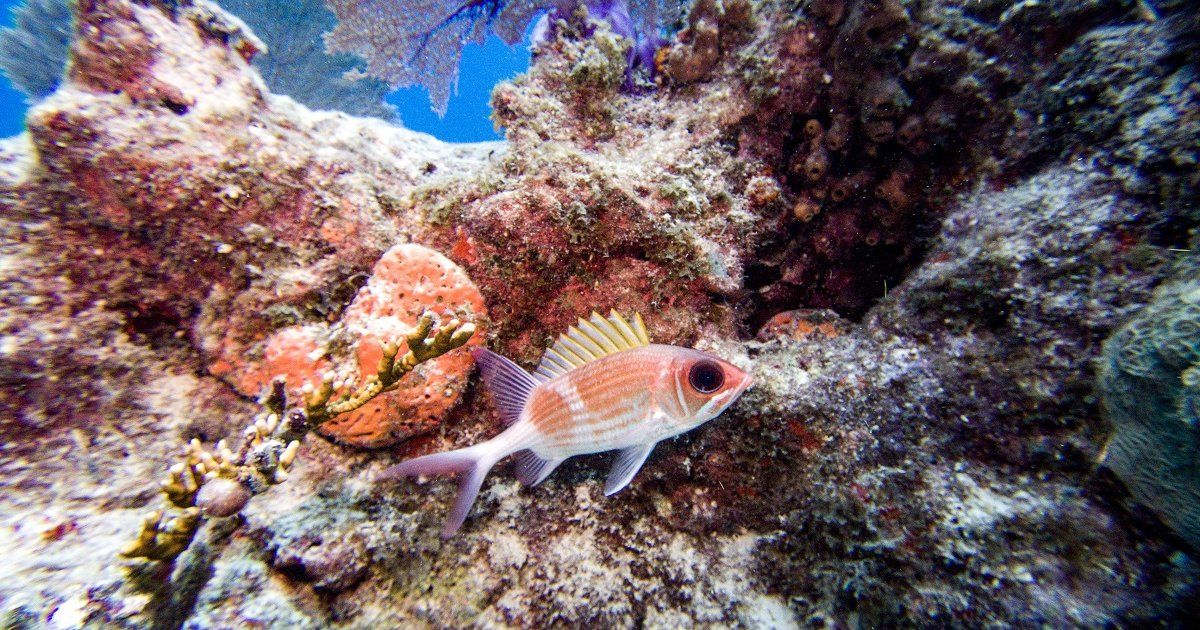Los Coral reefs They are one of the most diverse and rich ecosystems on the planet and play an important role in maintaining biodiversity in the planet’s oceans. These have been reducing because they have been affected by a process called bleaching or discoloration due to the increase in ocean temperature.
These losses can lead to declines in biodiversity and ecosystem function that also affect human society, which depends on the myriad services that functioning coral reefs provide.
However, a recent investigation carried out in the University of Pennsylvania reveals that in complex and varied ways Corals are adapting or struggling to adapt to the temperatures of the constantly changing ocean environment.
Researchers studied, for almost a decade, two dominant coral species in Kaneohe Bay on Oahu, Hawaii: the rice coral, Montipora happenedand the finger coral, Porites compressa, to better understand their adaptability to the effects of climate change.
They detailed that these corals were subject to significant marine heat waves in 2014, 2015 and 2019. Which allowed a unique opportunity to identify individuals of each species resistant and susceptible to bleaching and then observe their responses to repeated heat stress, they specified.
This bleaching occurs when a prolonged increase in sea temperatures causes the symbiotic relationship between corals and their zooxanthellae (algae) to break down. Subsequently, the coral expels the zooxanthellae, loses its color (bleaching) and becomes weak.
Coral resistance
The findings show the resilience of some corals while underscoring the vulnerability of others, they suggest in an article about the study published in Proceedings of the National Academy of Sciences.
“We monitored more than 40 large coral colonies for ten years and We discovered that certain species have an enhanced ability to withstand and recover from subsequent marine heat waves after surviving one of these events.“said Katie Barott, study author and assistant professor of biology at the University of Pennsylvania.
Some corals increased resistance to bleaching and demonstrated physiological recoverywhile others exhibited alarming seasonal bleaching and cumulative mortality without heat stress after successive heat waves.
The Barott Laboratory group of scientists found that bleaching-resistant corals in both species remained pigmented throughout the study period, indicating a persistent form of thermal tolerance.
They highlighted that although it is encouraging that bleaching-resistant individuals of both species remained pigmented throughout the time series, pigmentation did not necessarily indicate physiological resilience.
Barott’s team explained that the coral species Montipora capitata consistently experienced bleaching and showed significant mortality up to three years after the last heat wave, despite some evidence of acclimatization, while the initially sensitive species of Porites compressa exhibited remarkable recovery and acclimatization capacity, with no bleaching or mortality during the third heat wave and most physiological metrics returning to normal within a year.
The recuperation
Furthermore, lThe results showed contrasting recovery patterns among individuals of each species susceptible to bleaching after heat waves.
The experts said this difference highlights a critical aspect of coral resilience: the ability to survive heat stress and recover from it effectively.
Kristen Brown, a postdoctoral researcher at the Barott Laboratory and author of the text, indicated that one of the key discoveries is the role of acclimatization. “This refers to the ability of some corals to adapt to higher temperatures, thereby reducing their susceptibility to bleaching, a phenomenon in which corals expel algae living in their tissues, causing them to turn white and increasing the risk of death,” he emphasized.
Corals on the main Hawaiian Islands have experienced a rise in offshore sea surface temperatures of 1.15°C over the past 60 years, leading to three unprecedented coral bleaching events in the past decade. .
On the verge of global coral bleaching
Previous research published on October 11, 2023 in the journal PLOS Biology by researchers at the University of Hawaii at Manoa reflected that By 2050, half of the world’s coral reef ecosystems will permanently face unsuitable conditions, leading to their deterioration.
While scientists from the National Oceanic and Atmospheric Administration (NOAA) said in August last year that the coral reef off the southeast coast of Florida was experiencing an unprecedented level of bleaching due to They were exposed to twice the amount of thermal stress that kills corals. They warned that this phenomenon would soon affect the Caribbean, and that global coral bleaching is just around the corner.
Barott’s team said coral responses to climate change are diverse and complex, influenced by a variety of factors, including species-specific characteristics and past exposure to environmental stressors.
As the climate continues to change, surviving corals must not only gain tolerance to heat but also recover quickly to maintain critical ecosystem services that humans depend on, they said.
Identification of coral survival
Finally, they highlighted that now, more than ever, seasonal and long-term studies are needed to identify corals that can not only resist and survive repeated heat stress events, but also quickly recover the traits that define the ecosystem to continue providing the critical coastal ecosystem services.
They plan to take a next step by continuing to monitor and explore aspects such as coral growth, calcification and the impacts of recurring marine heat waves.
@Lydr05
Source: With information from the journal Proceedings of the National Academy of Sciences and Physics.Org


